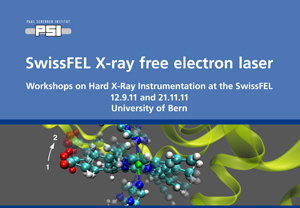Speaker
Dr
Steven Leake
(Paul Scherrer Institut)
Description
Materials with nanocrystalline morphology demonstrate vastly different properties in comparison to the bulk due to the strong influence of their surfaces, interfaces and defects. Understanding the strain present in these materials is required in order to tailor devices from them with desired properties.
Bragg coherent diffractive imaging (BCDI) is a rapidly developing non-destructive technique for the mapping of strain in crystalline materials. BCDI is sensitive to sub-Angstrom lattice distortions in crystals. The diffraction local to each bragg peak describes the displacement of the average lattice along the Q-vector direction of the chosen peak. The combination of multiple bragg peaks allows the determination of the full strain tensor. At synchrotron sources, the minimum size of individual crystals is limited to approx. 100nm, and the ability to probe environmental degrees of freedom in-situ as a function of time is limited to reversible processes in a binary state or irreversible processes on the timescale of days.
The increased flux available at an XFEL offers the opportunity to extend BCDI to sub 100nm grain sizes with improved spatial resolution. The 100Hz operating frequency allows one to contemplate probing reversible processes on the ultrafast timescale, in pump-probe mode, and irreversible processes on the timescale of several minutes. The technical requirements for BCDI in the aforementioned experimental regimes will be described.
Author
Dr
Steven Leake
(Paul Scherrer Institut)

